Are you ready to elevate your garden with some of the brightest, most cheerful blooms? Zinnias are not only easy to grow but can transform any space into a vibrant oasis, as long as you know how to plant zinnia seeds correctly.
This guide will cover everything from timing to planting techniques, making sure you’re well-equipped to enjoy your colorful floral masterpiece.
If you love growing from seeds, check out our guide on planting peach trees from seeds to expand your garden even more! Let’s get started on the journey to building your perfect garden!
When to Plant Zinnia Seeds
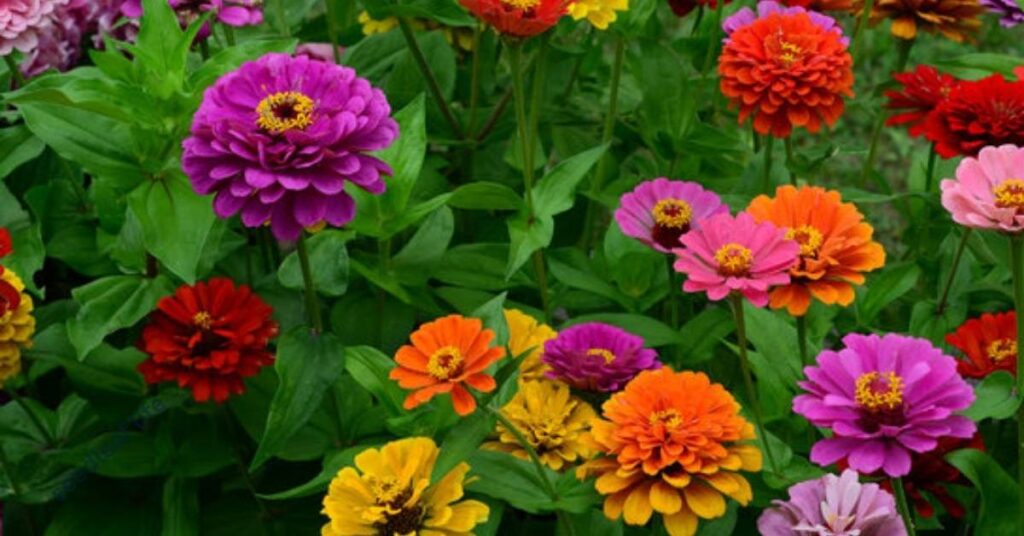
Planting zinnia seeds at the right time can make all the difference in achieving a vibrant, blooming garden. The ideal window is spring, after the last frost, when the soil temperature warms up to around 70°F (21°C). This timing ensures your zinnias have the best conditions to sprout and thrive, allowing their colors to jump to life.
However, if you live in a warmer climate, you might be surprised to learn that you can still plant zinnias into the summer months, extending your blooming season.
If you’re wondering, What month do you plant zinnia seeds? It typically falls between March and June for most regions. For those considering a later planting, take heart — zinnias are resilient and can be sown as late as July, especially in areas where summers are long and warm. This late planting still yields beautiful flowers, giving you a burst of late-summer color.
| Planting Method | Indoor Months | Outdoor Months |
| Zinnia Seeds | 6–8 weeks before last frost (January – March) | After last frost (April – June) and late planting (July) |
Embrace the options available to you, and don’t hesitate to get those zinnia seeds into the ground! Whether you start indoors or sow directly outdoors, these cheerful flowers are well worth the effort.
How to Plant Zinnia Seeds Indoors
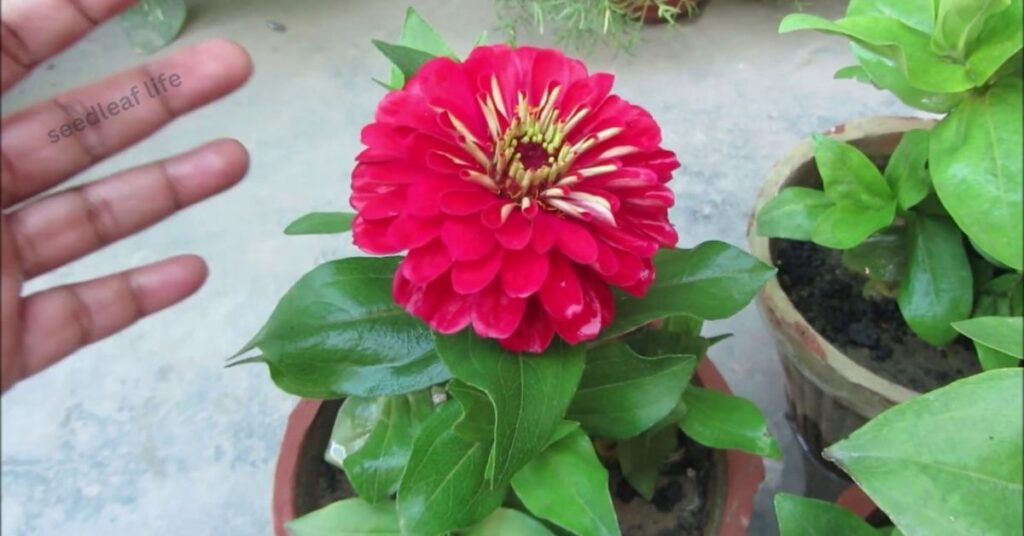
Knowing how to plant zinnia seeds indoors helps you grow healthy seedlings that bring vibrant life to your garden ahead of time.
Step 1: Choose Seed Trays or Small Pots
- Select seed trays or small pots with proper drainage holes.
- Good drainage prevents waterlogging and protects delicate zinnia seeds from rotting.
Step 2: Use Light, Well-Draining Soil
- Prepare a light, airy soil mix — a blend of potting soil and perlite works best.
- Well-draining soil ensures seeds receive enough oxygen and prevents excess moisture.
Step 3: Plant Seeds 1/4 Inch Deep
- Sow zinnia seeds about 1/4 inch deep in the soil.
- Gently press the soil over the seeds to secure them in place without compacting it too tightly.
Step 4: Keep Soil Moist and Provide Sunlight
- Water lightly to keep the soil moist but not soggy.
- Place trays in a warm, sunny spot or under grow lights for 6–8 hours of light daily.
- Maintain a temperature of around 70°F (21°C) for optimal germination.
Step 5: Monitor Growth and Care for Seedlings
- Seedlings usually appear within 7–10 days.
- Keep the soil evenly moist and ensure consistent light exposure.
- If seedlings grow tall and leggy, move them closer to the light source.
Step 6: Transplant Seedlings After Frost
- Once seedlings are strong and the last frost has passed, it’s safe to transplant them outdoors.
- Harden off the plants by gradually introducing them to outdoor conditions for a few days.
- Choose a sunny, well-drained garden spot for transplanting.
Bonus Tip
- Learning how to plant zinnia seeds indoors helps you get a head start on the growing season and ensures strong, healthy blooms.
- With a little care and patience, your indoor-grown zinnias will soon fill your garden with vibrant color and charm.
How to Plant Zinnia Seeds Outdoors
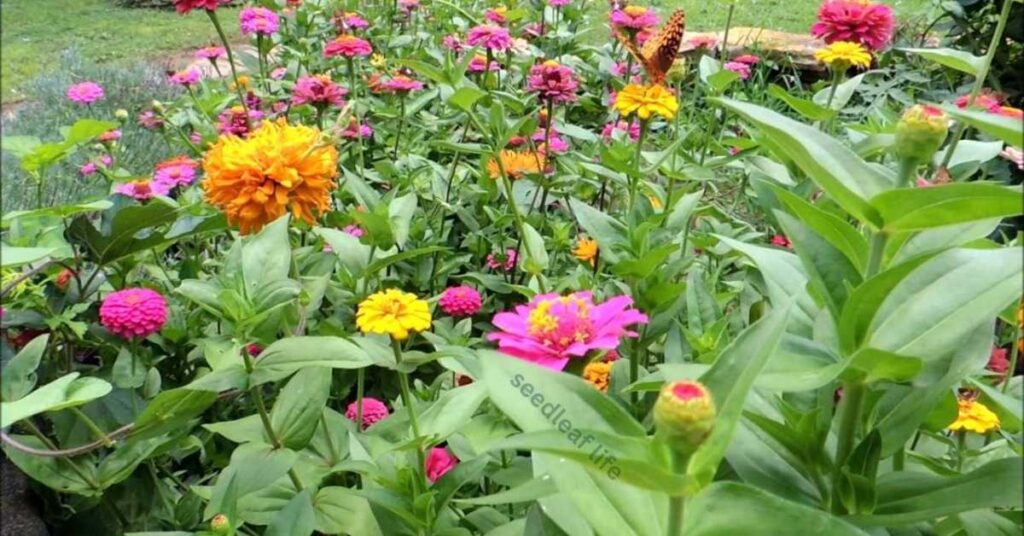
Learning how to plant zinnia seeds outdoors is the key to growing bold, colorful blooms that thrive in sunlight and brighten your garden all season long.
Step 1: Pick a Sunny Spot with Well-Drained Soil
- Choose a location that receives at least six hours of direct sunlight each day.
- Zinnias love warmth and light — too much shade can reduce blooming.
- Make sure the soil drains well, as soggy soil can lead to root rot.
Step 2: Soak the Seeds Before Planting
- Wondering if you should soak zinnia seeds before planting? It’s optional.
- Soaking overnight can help speed up germination, but zinnias also grow well when planted directly in the soil.
Step 3: Plant Seeds 1/4 Inch Deep or Scatter Lightly
- To learn how to plant zinnia seeds outdoors, start by planting each seed about ¼ inch deep in loosened soil.
- Alternatively, if you’re asking, Can I just sprinkle zinnia seeds? — yes, you can!
- Simply scatter the seeds over the soil surface and lightly rake or press them in for good soil contact.
Step 4: Space Seeds 6–12 Inches Apart
- Leave 6–12 inches between each seed to allow room for healthy growth and airflow.
- Proper spacing helps prevent overcrowding and reduces the risk of disease.
Step 5: Water Gently and Maintain Moisture
- Water gently using a fine spray to avoid washing away seeds.
- Keep the soil lightly moist until germination occurs (usually within 5–10 days).
- Once established, zinnias are fairly drought-tolerant, but regular watering promotes fuller blooms.
Final Tips
- Learning how to plant zinnia seeds outdoors is simple and rewarding — they thrive with sunlight, warmth, and a little care.
- Whether you plant them individually or just sprinkle zinnia seeds across your garden bed, these flowers will soon burst into bright, cheerful color all summer long.
Tips for Zinnia Seeds
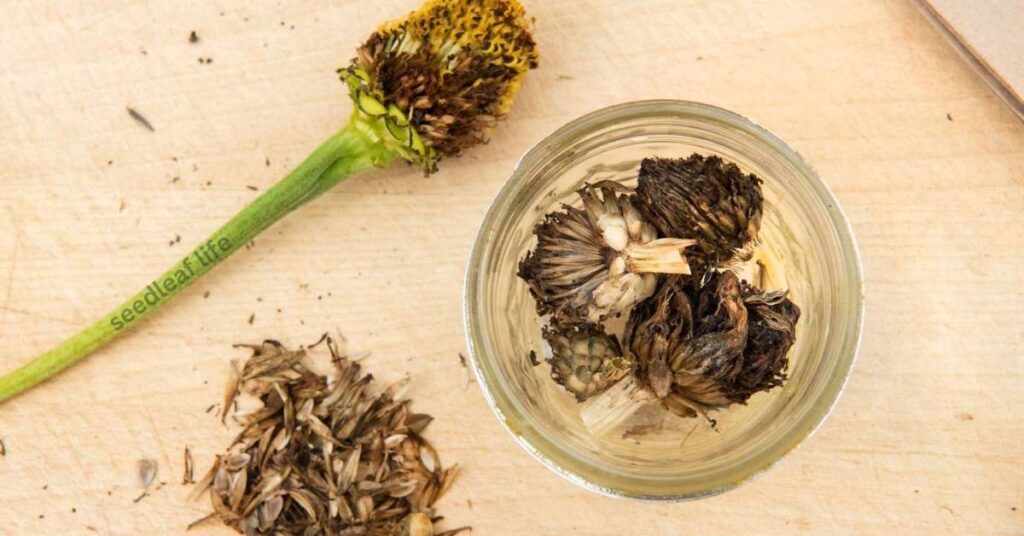
After mastering how to plant zinnia seeds, these simple tips will help you grow stronger plants and enjoy brighter, longer-lasting blooms.
Do I Need to Soak My Zinnia Seeds Before Planting?
- Soaking is optional — it’s not required for successful germination.
- Soaking seeds overnight in warm water can soften the seed coat and speed up sprouting.
- If you prefer a simpler method, planting zinnia seeds directly into the soil works perfectly well.
Best Way to Plant Zinnia Seeds: Row Planting vs. Scattering
- Row Planting:
- Ideal for structured gardens or flower borders.
- Makes weeding and maintenance easier.
- Provides consistent spacing for even growth.
- Scattering:
- Perfect for a natural, wildflower look.
- Simply sprinkle the seeds across the soil and lightly rake them in.
- Works best in open areas where you want a colorful, meadow-style display.
Soil, Watering, and Sunlight Tips
- Soil: Use well-draining, nutrient-rich soil mixed with compost for healthy roots.
- Watering: Keep soil evenly moist during germination. Once plants mature, allow the top inch of soil to dry between waterings.
- Sunlight: Zinnias thrive in full sun — aim for at least 6 hours of direct sunlight daily for best blooms.
Final Tip
- Whether you soak, scatter, or line up your seeds in rows, learning how to plant zinnia seeds the right way will show you just how forgiving and fast-growing these flowers are. With sunlight, warmth, and a little attention, they’ll reward you with stunning, colorful blooms all season long.
Zinnia Plant Care & Growth

Once you’ve learned how to plant zinnia seeds, proper care and growth practices will ensure your plants stay healthy, vibrant, and full of long-lasting blooms
Do Zinnias Come Back Every Year?
- Zinnias are typically annuals, meaning they complete their entire life cycle — from seed to bloom to seed again — within one growing season.
- However, if you allow some flowers to go to seed, they can reseed themselves naturally, leading to surprise blooms the following year.
- This self-seeding habit adds a beautiful, spontaneous touch to your garden, with new flowers often appearing in unexpected spots.
Fertilizing Your Zinnias
- Use a balanced, all-purpose fertilizer (10-10-10) every few weeks during the growing season.
- Avoid over-fertilizing, as too much nitrogen can cause lush leaves but fewer flowers.
- Incorporate organic compost into the soil to enrich nutrients naturally.
Deadheading for More Blooms
- Regularly remove spent blooms (deadheading) to encourage continuous flowering.
- Snip faded flowers just above a leaf node or branching stem — this prompts the plant to produce new buds instead of focusing on seed formation.
- Consistent deadheading helps extend the blooming season well into late summer.
Pest and Disease Tips
- Watch for common pests such as aphids, spider mites, and whiteflies.
- Use a gentle spray of water or organic insecticidal soap to keep infestations under control.
- Ensure good air circulation between plants to prevent powdery mildew or fungal diseases.
- Water at the base of the plant rather than overhead to reduce moisture on leaves.
Final Tip
- By mastering both how to plant zinnia seeds and how to care for them, you’ll enjoy a long-lasting, colorful garden filled with healthy blooms and vibrant charm all season long.
Can You Plant Zinnia Seeds in Fall?
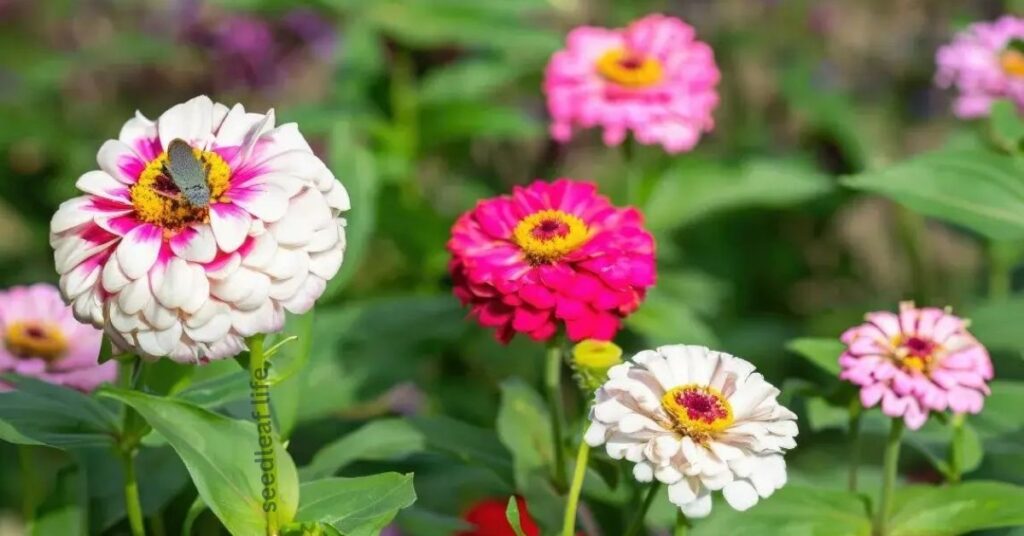
Yes, you can plant zinnia seeds in fall—and knowing how to plant zinnia seeds the right way in warm, frost-free climates will help them sprout early and bloom beautifully by spring.
Fall Planting Works Best in Warm Climates
- Yes, you can plant zinnia seeds in the fall, but it’s most successful in warm or mild climates.
- Regions with temperatures that stay above freezing allow zinnia seeds to germinate and establish roots during fall.
- Warm soil helps the seeds sprout early, giving them a head start for vibrant spring blooms.
- This method can result in earlier and stronger growth once spring arrives.
Why Fall Planting Isn’t Ideal in Cooler Areas
- In cool or frosty regions, fall planting doesn’t work well since zinnias are frost-sensitive annuals.
- Cold soil prevents germination, and frost can kill young seedlings before they mature.
Start Zinnias Indoors for Fall Enjoyment
- If you live in a cooler climate, start zinnia seeds indoors instead of outdoors.
- Use biodegradable pots or seed trays filled with light, well-draining soil.
- Keep them in a warm, sunny spot (around 70°F / 21°C) to encourage germination.
- Once the weather warms up in spring, transplant the seedlings outdoors to continue their growth.
Conclusion
To wrap it up, learning how to plant zinnia seeds is one of the easiest and most rewarding ways to fill your garden with color. With just a bit of sunlight, well-draining soil, and regular watering, these cheerful blooms will reward you with vibrant beauty all season long. Whether you start them indoors for an early burst of life or sow them outdoors for a natural display, zinnias are sure to impress.
So don’t wait—grab your zinnia seeds, get your hands in the soil, and watch your garden transform into a dazzling sea of color. Your next bloom of happiness is just a seed away!

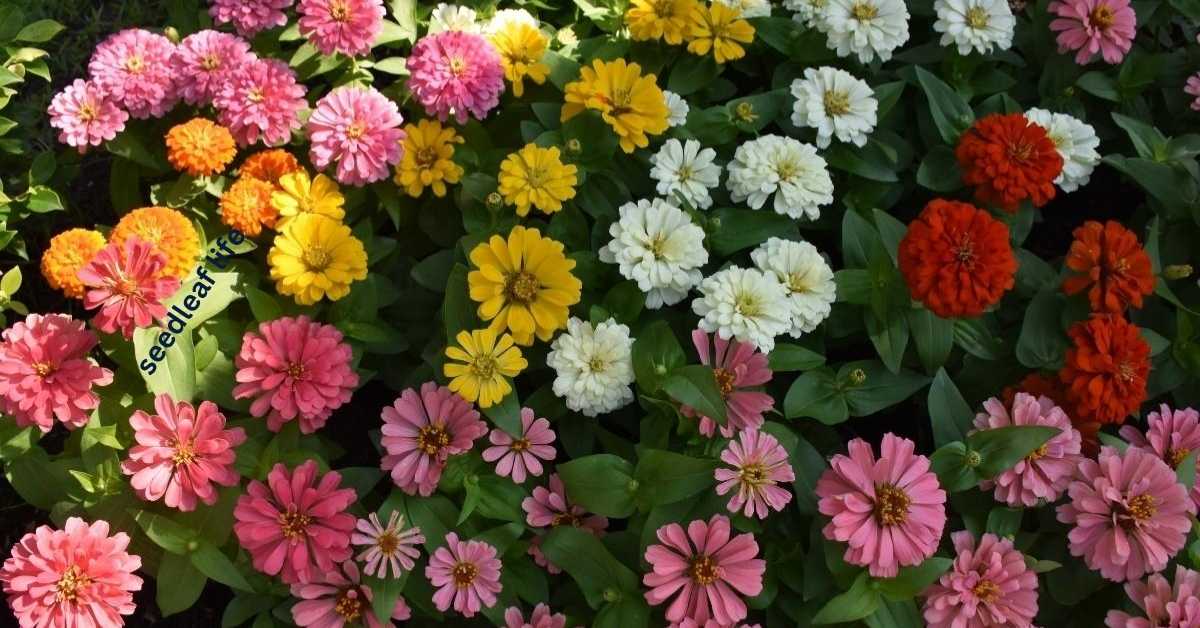
Leave a Reply
You must be logged in to post a comment.